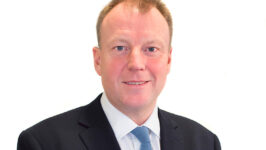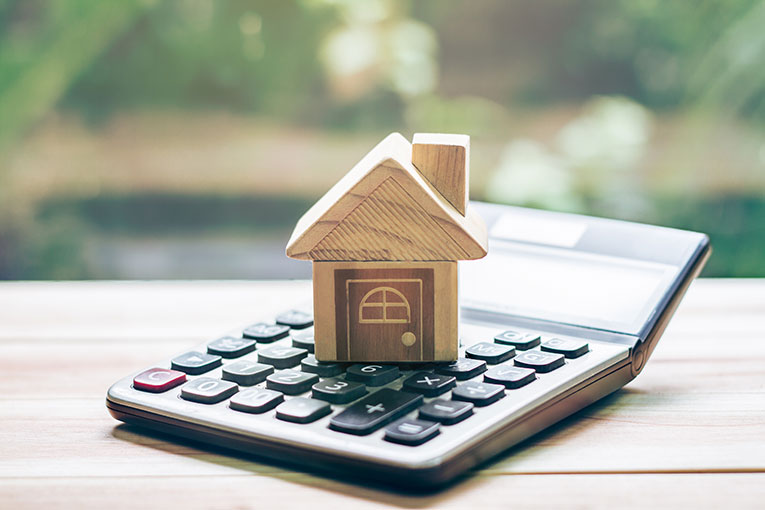UK house prices edged down in September, signalling continued stability rather than decline, according to the latest Halifax House Price Index.
The average property price fell by 0.3% to £298,184, following a 0.2% rise in August. On an annual basis, prices were up by 1.3%, a slowdown from 2.0% in August and the weakest growth since April 2024.

Amanda Bryden, head of mortgages at Halifax, said: “The average UK house price edged down by -0.3% (£794) in September, following a modest rise in August. The typical home now costs £298,184. Over the past 12 months prices have grown by +1.3%, the slowest annual rate since April 2024.
“This slight monthly dip in house prices reflects a housing market that has remained broadly stable, prices are up +0.3% since the start of the year. It’s also important to remember that prices vary widely depending on characteristics like location and property type. As a result, many homes are available at a cost well below this headline figure.
“For those looking to take their first step on the property ladder, the typical first-time buyer home costs £236,811, up +1.7% year on year, with pockets of even greater affordability to be found across different regions.
“While affordability remains a challenge, a relatively lower mortgage rate environment and steady wage growth have helped support buyer confidence. Although the broader economic outlook remains uncertain, with the affordability picture gradually improving, we continue to expect modest growth through the remainder of the year.”
REGIONAL PERFORMANCE
Northern Ireland continued to lead annual price growth, with average values up 6.5% year on year to £216,496, though this was down from 7.9% in August. Scotland followed with 4.5% growth to £215,588, while Wales recorded a more modest 1.9% rise to £227,845.
In England, the North East saw the strongest increase at 4.8% to £180,443, followed by the North West at 3.9%. By contrast, southern regions remained subdued. Prices in the South West fell 0.2% over the year to £303,067, while London and the South East saw only fractional rises of 0.6% and 0.2% respectively. The capital remains the most expensive region with an average property value of £543,497.
MORTGAGE MARKETS REMAIN TIGHT

Karen Noye, mortgage spokesperson at Quilter, said the market “continues to tread water” as buyers and lenders adapt to affordability pressures and shifting mortgage costs.
“Inflation has eased slightly but remains well above the Bank of England’s 2% target, keeping borrowing costs elevated.
“Although swap rates have drifted lower, lenders have nudged mortgage pricing up again in recent weeks as they rebuild margins and brace for potential surprises in the budget. This has dampened activity, particularly among first-time buyers who remain highly sensitive to rate movements,” she said.
Noye added that while government reforms to the house-buying process could improve confidence over time, they would not address “the deeper affordability challenge that continues to weigh on the market.”
Revised ONS data, she said, pointed to a smaller savings cushion for many households, “implying families saved significantly less during the post-pandemic recovery than earlier believed,” leaving many vulnerable to higher mortgage costs.
POLICY UNCERTAINTY AHEAD OF THE BUDGET

Joe Nellis, professor of global economy at Cranfield School of Management and economic adviser to MHA, said affordability constraints and uncertainty over potential tax reforms were prompting some buyers and sellers to hold back.
“Prices are now only 1.3% higher than a year ago, a clear slowdown from the 4.6% year-on-year growth in September 2024,” he said.
“There is speculation that the Treasury is considering spreading stamp duty land tax payments across several years to jump start the property market. Breaking SDLT into instalments would lower the cash needed at the point of purchase, unlocking capital and giving buyers more breathing room for deposits, moving costs, and renovations.”
Nellis added that while fixed mortgage rates dipping below 4% offered “some light at the end of the tunnel”, affordability hurdles remained high and policy decisions in the upcoming budget could shape the market’s trajectory into 2026.
BUYER CONFIDENCE HOLDS

Mark Harris, chief executive of mortgage broker SPF Private Clients, said the Bank of England’s decision to hold interest rates in September had helped maintain confidence.
“Although the Bank of England voted to hold interest rates in September, this is conveying a feeling of stability giving buyers and sellers the confidence to continue with their transactions,” he said.
“Swap rates, which heavily influence the fixed-rate mortgage market, have been moving up and down as rates aren’t expected to change too much for the rest of the year. Any marginal changes in mortgage rates that we are seeing are more down to lender appetite and service than funding costs.
“Pricing aside, lenders continue to broaden policy with Barclays the latest to make changes to its affordability calculations and increase borrowing potential.”
With affordability stretched but confidence holding, analysts say the housing market is likely to remain in a period of subdued but steady activity through the end of the year, pending clarity from the Chancellor’s budget on 26 November.





